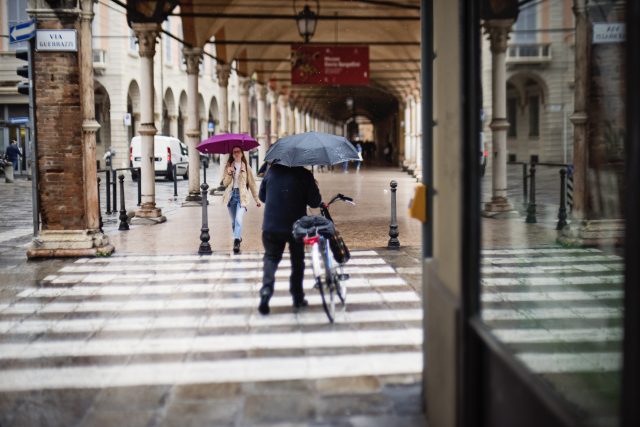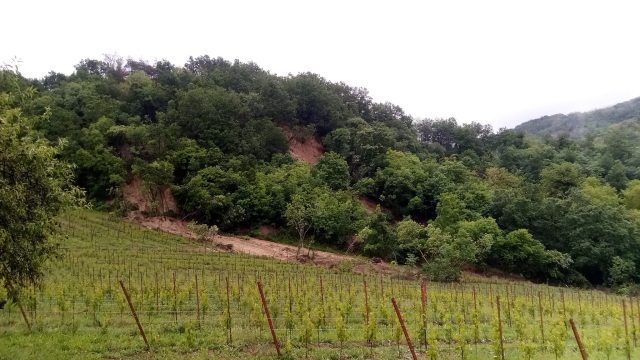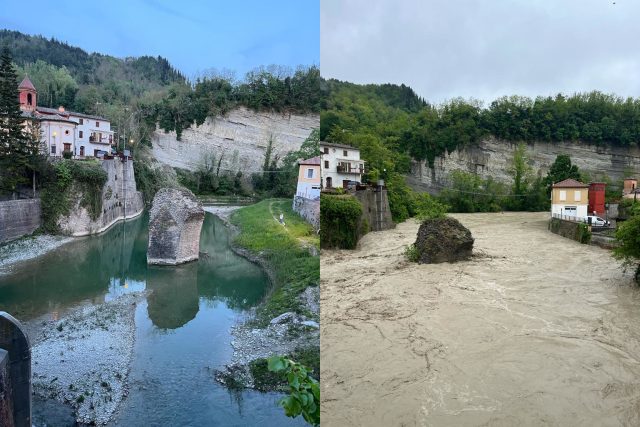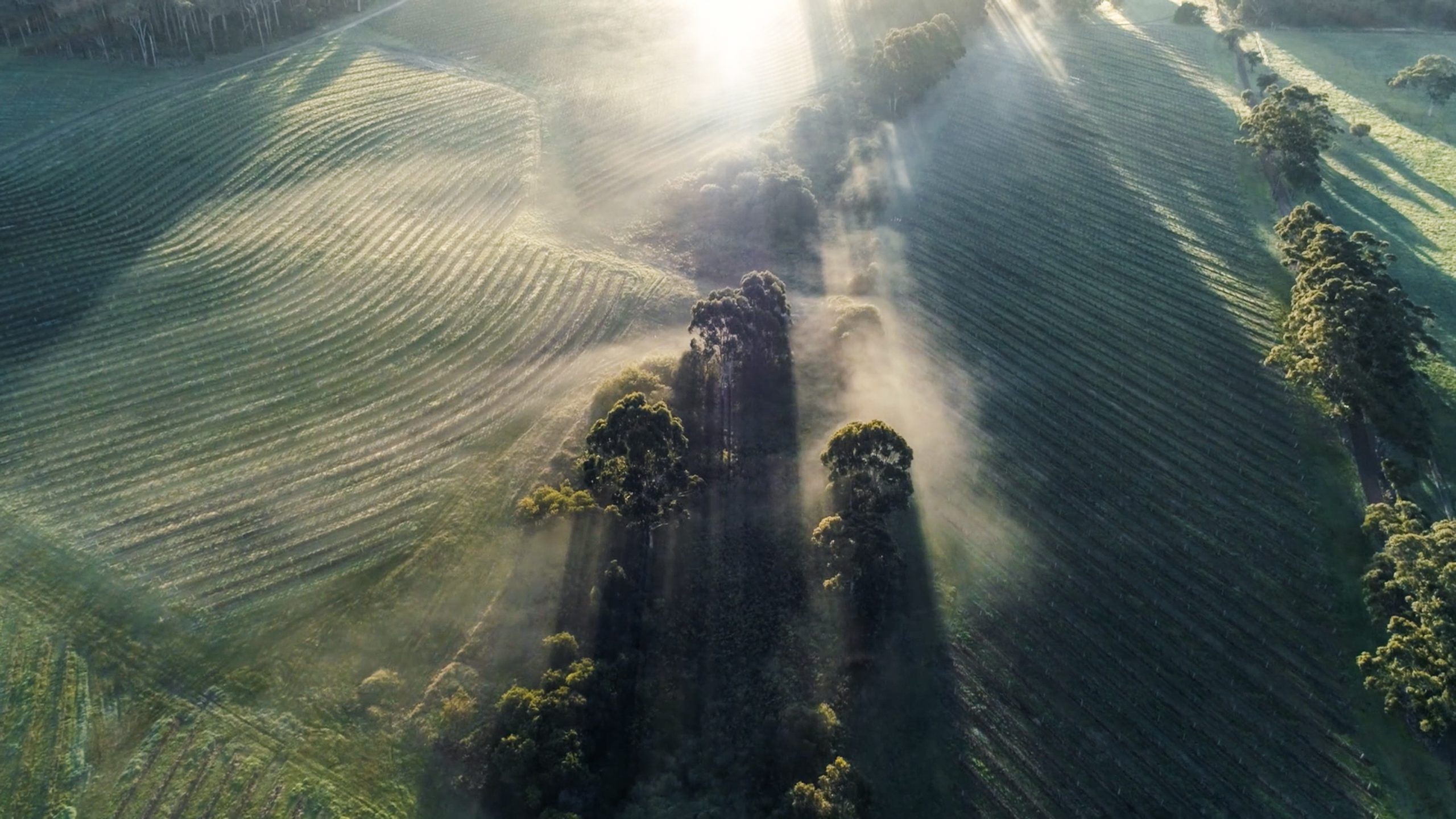Italy floods cause vineyard destruction
Producers in Emilia-Romagna and Tuscany have shared how the recent extreme weather in Northern Italy has caused damage to their vineyards.

The floods occurred after a prolonged period of drought was followed by torrential rainfall. It is estimated that in some areas of Emilia-Romagna, as much as 50cm of rain fell in a 36 hour period – approximately half of the total rainfall the region might receive over an entire year.
The south-eastern half of the region, Romagna, has borne the brunt of the floods. At the time of writing, at least 14 people are confirmed to have died as a result of the natural disaster, and 36,000 have been left homeless.
Emilia-Romagna region is also a major area for wine production, contributing 14% of Italy’s overall volume of wine produced in 2022, according to data from Istituto di Servizi per il Mercato Agricolo Alimentare (ISMEA). The most widely-cultivated varieties in the region are Trebbiano, Sangiovese, and Lambrusco.
Silvia Casali, owner of Tenuta Casali, near the commune of Mercato Saraceno in the south of the Emilia-Romagna, told db that herself and her family were “lucky”, though currently without access to clean water.
Casali shared that a landslip caused by the downpour had crushed some vines in the estate’s Monte Paderno vineyard (pictured below). Speaking about how the damage might be repaired, she said: “Right now the situation is very dangerous, so we could not go too close. As soon as possible, we will fix the situation – cutting the trees, and fixing the soil trying to do our best to create good conditions to allow us grow the vines.”

Casali also sent dramatic images of what the Savio river that runs through Mercato Saraceno normally looks like (left), and what it looked like at the peak of the flooding (right).

Casali also described a need for “emotional and economic support” for producers.
In neighbouring Tuscany, heavy hail has caused damage to vines, as this image shared by San Gimignano’s Campochiarenti on social media shows:
We hoped for something better but that’s it pic.twitter.com/g1ZLwZNO6A
— Campochiarenti ® (@campochiarenti) May 23, 2023
In a subsequent tweet, Campochiarenti shared that approximately 40% of its vineyards had been damaged by hail.
Back in Emilia-Romagna, hail has also been an issue, though the results of it are still uncertain, as a spokesperson for Podere Palazzo in Calisese, west of Rimini, explained: “We are still in a full emergency, we still don’t know the damage we will have. Our facility is in the hills, so it wasn’t flooded, but we had hail, which will need a few weeks to figure out what the damage will be to production.”
Other producers have been more lucky.
Marco Branchini, of Branchini 1858, just north of Imola, said that “fortunately” damage to its vines has been minimal: “The damage is mainly on the roads, with landslides and a lot of water in the houses. We will have inconveniences for a few more days, but I am sure we will start again very quickly.”
Last week, Minister of Agriculture Francesco Lollobrigida (who visited London alongside Prime Minister Giorgia Meloni last month), released a statement that said: “The Ministry of Agriculture, Food Sovereignty and Forestry is working to support farms and the world of agriculture, our nation’s primary asset.”
Earlier this week, Lollobrigida pledged €100 million in support from the Ministry, but states that European funds were also needed: “Now the phase of assessing the damage begins, and we will begin to implement regulatory and economic measures in support of those affected by this critical situation.”
db has reached out to the Consorzio Vini Romagna to ask what support it desires for its member producers affected by the disaster.
Extreme weather events such as this, and the drought that Northern Italy went into last year, are likely going to become more frequent due to climate change. Antonello Pasini, who advises Italy’s National Research Council on climate issues, explained the meteorological trend in Northern Italy: “An increase in rainfall overall per year, for example, but a decrease in the number of rainy days and an increase in the intensity of the rain in those few days when it rains.”
Pasini was not optimistic that warnings over a growing risk of natural disasters would be heeded in Italy: “We are not a nation inclined to prevention. We like to rebuild more than to prevent.”
Over the next week, further thunderstorms are forecast across Emilia-Romagna, Tuscany and Marche.
Related news
Zonin1821 hails "must-attend" portfolio tasting
Can a cross-border collaboration heal history in the north Adriatic?




